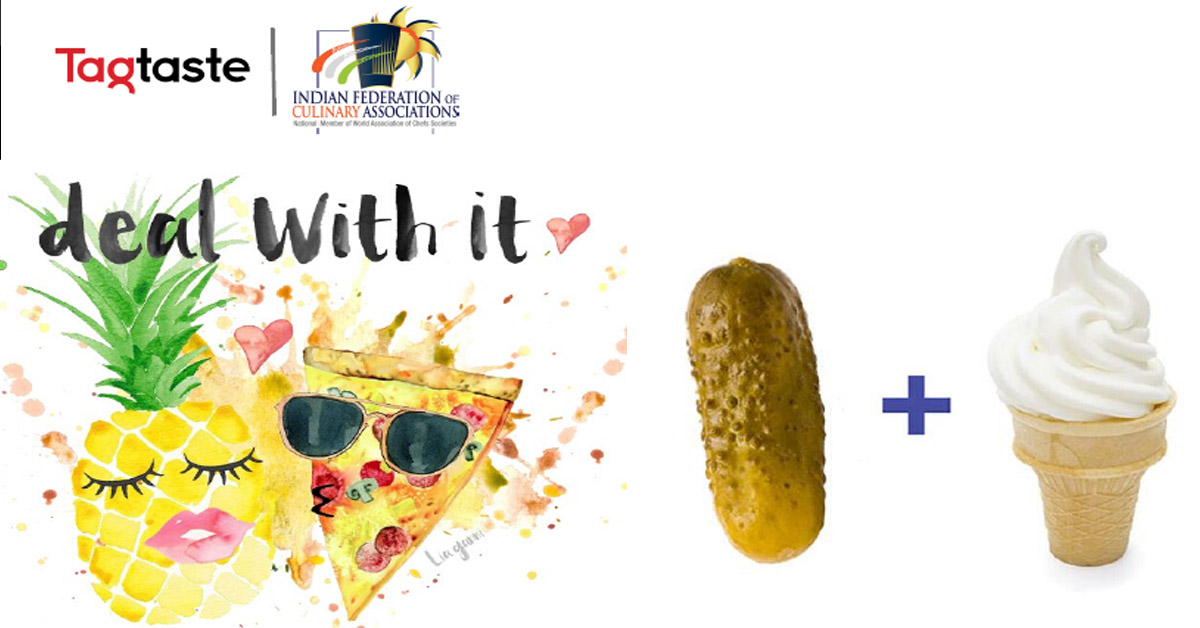
Posted by Admin on 26 May, 2020
We’ve called it bland, watery, mushy, slimy, worthless. We’ve said that the only good thing about it is that it’s abundant and cheap—always around but never what you want.
Sorry, zucchini. It’s not you—well, it kind of is you—it’s mostly us. Just because a zucchini isn’t a tomato (slice, salt, eat, done), doesn’t mean it can’t be wonderful, valuable, and worthwhile.
Zucchini is 94 to 95% water. In this case, “watery” is not an insult but a fact. Introducing it to heat early on, either on the stove or on the grill, allows you to get big pieces of zucchini nice and browned before the water seeps out and impedes the process. Once the zucchini is caramelizing, you’ll continue to cook it until it's until tender all the way through a paring knife or a fork should slip in without much resistance but not yet mushy.
This method gives you zucchini that’s sliceable (not spoonable!) and, since some of the water has cooked off, primed to absorb intense dressings and marinades.
By which we mean low and slow, until much of that moisture seeps out and bubbles away, leaving the zucchini to fall apart into a jammy sauce with a concentrated zuke flavor (earthy, vegetal, sweet!) that’s perfect for spreading on toast or tossing through pasta. In this Ratatouille Pasta, pieces of zucchini are cooked for around 30 minutes, until they’re nearly unrecognizable (in a good way).
No matter which road you’re taking—hot and fast or low and slow— don’t forget the acid: Zucchini needs brightness in the form of citrus juice, vinegar, or even pickle brine to wake the heck up after being blasted with heat.